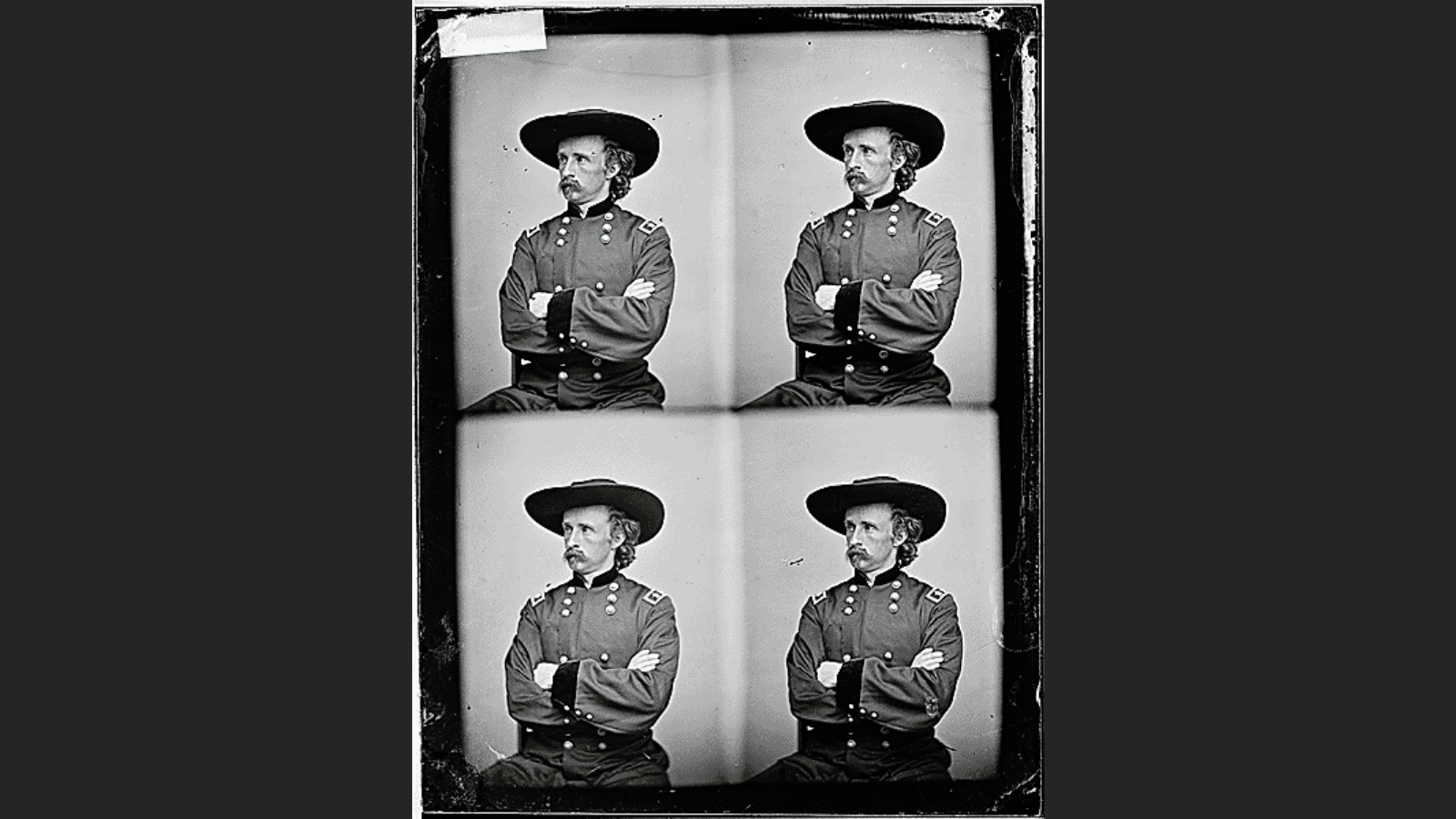In September 2021, the below-displayed tweet circulated claiming Gen. George Armstrong Custer, the controversial general who was killed during the 1876 Battle of the Little Bighorn, wore an undergarment to protect his genitalia during his military service that the U.S. National Park Service now owns.
Good morning. The National Park Service owns Custer’s jockstrap.
— Dr. Rebecca *S(P)* Wingo (@rebeccawingo) September 10, 2021
The post regarding the federal agency was authored by Rebecca Wingo, who leads the University of Cincinnati’s public history department as a scholar of the Indigenous and American West.
As dozens of people shared her tweet, we contacted her requesting evidence to substantiate the claim about the so-called “jockstrap.” She said an employee of the National Park Service (NPS) told her about the item and several readings (which we unpack below) mentioned it. Wingo continued:
The thing is, it’s really not that surprising. Custer was one of the OG ‘the myth, the man, the legend’ folks of the ‘Wild West,’ the ‘untamed frontier.’ People saved everything he ever touched.
His death hit the press in NY on the 4th of July, which captivated everyone’s attention as they mourned the loss of him and his men. In context though, 10 years prior, Americans publicly displayed the scalped crotches of Indian men, women, and children in the aftermath of Sand Creek. This is the same America that was trading lynching postcards like souvenirs. Keeping Custer’s jock strap is the least controversial thing people collected at the time.
Her email referenced a story in the Oct. 27, 1991, edition of The New York Times, titled, “Echoes Along the Little Big Horn.” We obtained a digitized version of the article written by Fergus Bordewich, who visited NPS’ Little Bighorn Battlefield National Monument in southern Montana (the site is less than 70 miles west of Billings) and documented what he saw. He wrote:
The small, excellent battlefield museum preserves a white buckskin suit that is identical to the one Custer wore on the day of his death, along with an equally theatrical, elegantly braided black velvet hussar’s jacket and kepi that he wore during the Civil War. The personal effects serve as a poignant counterpoint: the well-used toothbrush, hairbrush and sponge, and the “Rawson’s patent elastic self-adjusting U.S. Army Suspensory Bandage, C-7A, No. 4, Size S” — otherwise known as a jock strap.
In other words, as of the early ’90s, a journalist reported that the aforementioned item was indeed displayed at a NPS-operated site.
However, to confirm whether the park service still possessed, or “owned,” Custer’s jock strap as of fall 2021, we connected with Ken Woody — a supervisory park ranger at the Montana national park. He responded in a Sept. 24 email to Snopes:
“Yes we have something along those lines in the collection. The park historian told me years ago that it was a groin bandage rather than a jockstrap.”
In other words, he confirmed the claim, while calling attention to the fact that the undergarment’s title and design to protect the wearers’ penises have changed over the decades. Considering that evidence, we rate this claim “True.”
However, ownership aside, we were unable to definitively prove the location of the artifact, as of fall 2021. Woody said NPS years ago moved the item (along with other artifacts depicting the clash between Custer’s men and the Lakota Sioux and Northern Cheyenne tribes) from the Montana site to the system’s Western Archeological and Conservation Center in Tucson, Arizona.
So, to validate whether the item remained there, we reached out to a curator at the center who is responsible for the collection. We have not heard back, but we will update this report accordingly when — or if — that changes.
Lastly, historian Will Hutchison wrote about the clothing item in his nonfiction work titled, “Artifacts of the Battle of Little Big Horn,” according to Wingo and a website dedicated to materials about the initial major land battle of the Civil War.
That website, called “Bull Runnings,” included an image supposedly depicting the item — the photograph that is the featured image of this report. We sent the photograph to Woody to confirm its authenticity, and he said it was indeed the historical artifact in question.
Sources:
“Artifacts of the Battle of Little Big Horn.” Bull Runnings, https://ift.tt/Y8h0sVb. Accessed 24 Sept. 2021.
Staff, Newsweek. “The Custer Syndrome.” Newsweek, 29 Sept. 1991, https://ift.tt/IQ54ARH.
Object Galleries – Little Bighorn Battlefield National Monument (U.S. National Park Service). https://ift.tt/JRwHPgZ. Accessed 24 Sept. 2021.
Bordewich, Fergus M. “Echoes Along the Little Big Horn.” The New York Times, 27 Oct. 1991. NYTimes.com, https://ift.tt/ZmAzWMx.
Editors, Biography com. “George Custer.” Biography, https://ift.tt/NY9uEMz. Accessed 24 Sept. 2021.
Klein, Christopher. “10 Surprising Facts About General Custer.” HISTORY, https://ift.tt/EemgGbj. Accessed 24 Sept. 2021.
Museum Collection Relocation – Little Bighorn Battlefield National Monument (U.S. National Park Service). https://ift.tt/HfwTXLp. Accessed 24 Sept. 2021.
“Will Hutchison | Award-Winning Author and Photographer | Gettysburg, PA | American Civil War, American Battles in the West and the Crimean War.” Will Hutchison, https://ift.tt/2cnNDTS. Accessed 24 Sept. 2021.
Does the National Park Service Own Gen. George Custer’s Jockstrap?
Source: Kapit Pinas

0 Comments